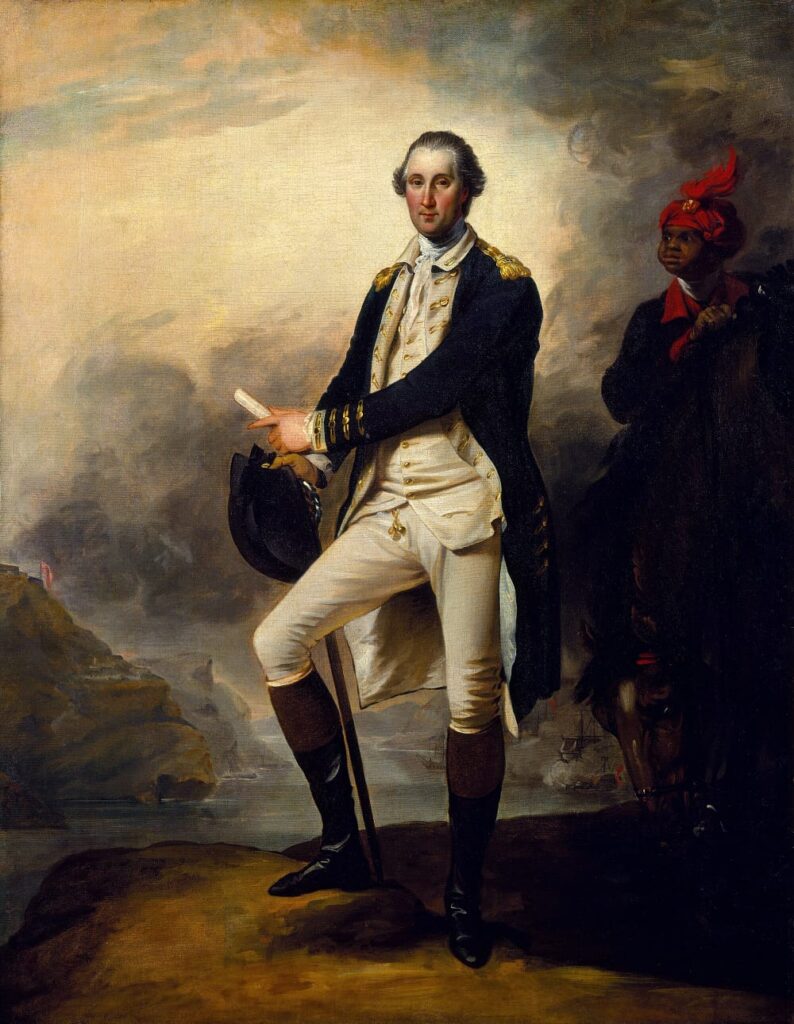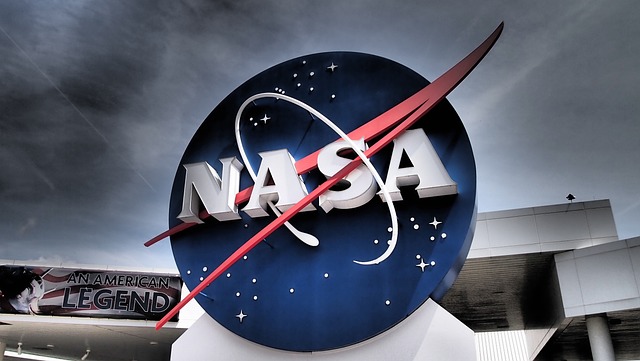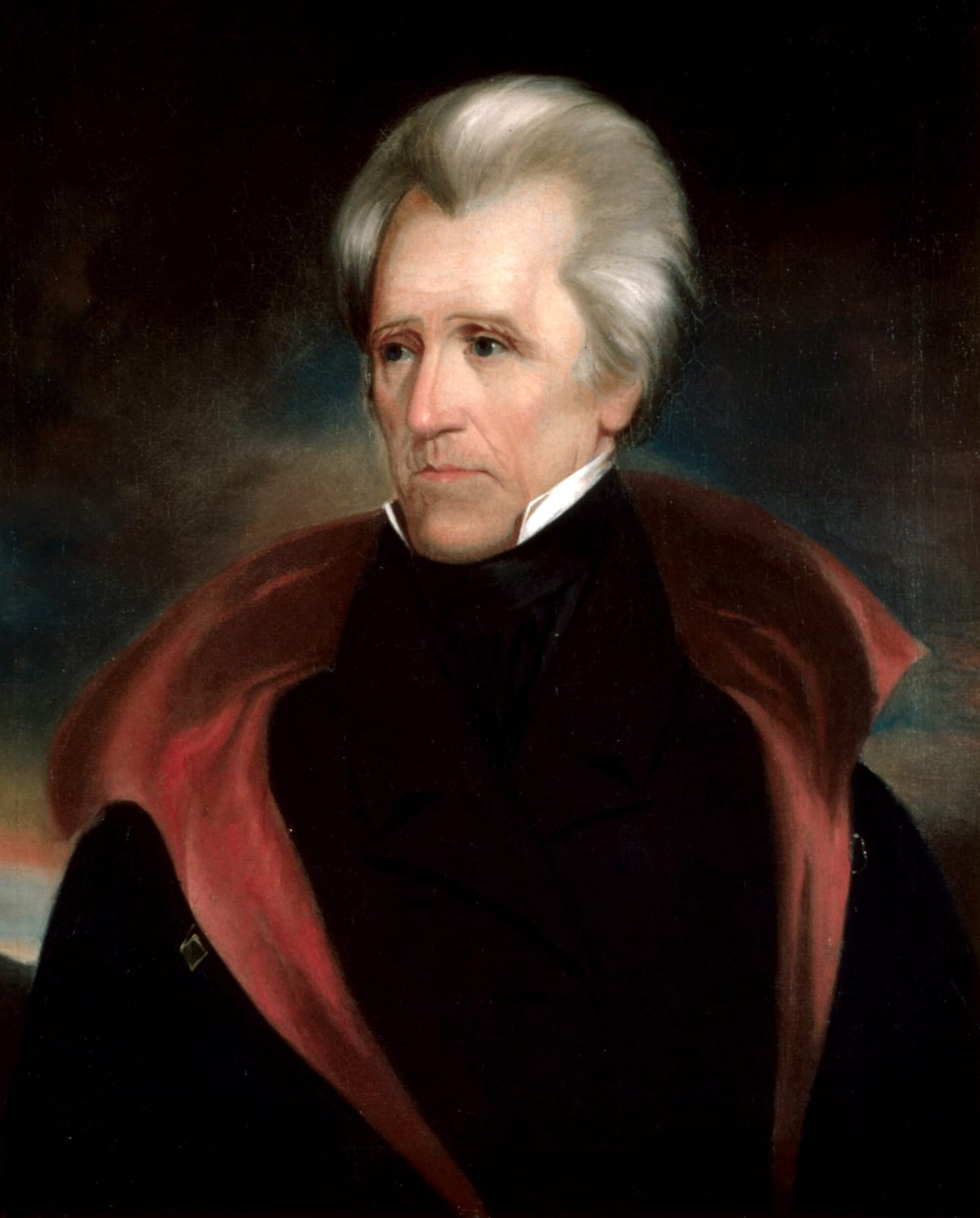January 2 might seem like the quiet aftermath of New Year’s Day, but history says otherwise. From revolutionary battles to groundbreaking scientific achievements (and even an egg laying hoax!), this day is a goldmine of fascinating moments. Let’s dive deeper into these wild events and discover why January 2 deserves way more credit.
1. The Battle of Assunpink Creek: George Washington’s Tactical Masterclass (1777)

After crossing the Delaware River and winning a surprise victory at Trenton, George Washington was on a roll. On January 2, 1777, his troops faced off against the British in New Jersey at the Battle of Assunpink Creek.
The British, led by General Cornwallis, launched three assaults to cross the creek. Washington’s men, however, held the line in what can only be described as pure tactical brilliance. As night fell, Washington made an unexpected move: he and his army slipped away under the cover of darkness, heading to Princeton.
Why does this matter? The victory at Princeton the next day boosted morale and convinced more soldiers to reenlist. Without this pivotal moment, the Revolutionary War might have turned out very differently.
2. Louis Daguerre’s Moonshot (1839)

Long before humanity landed on the Moon, Louis Daguerre captured it in the first ever photograph of Earth’s celestial neighbor. On January 2, 1839, Daguerre used his groundbreaking daguerreotype process to immortalize the Moon.
This wasn’t just a cool party trick—it was the first time photography ventured into the cosmos. The grainy yet aweinspiring image opened the door to modern astrophotography. From Hubble images to your smartphone’s astrophotography mode, Daguerre’s pioneering work set the stage for how we see the universe today.
3. Isaac Newton’s Hair Mystery: Mercury Madness (1754)

Isaac Newton wasn’t just the guy who figured out gravity—he was also an alchemist. On January 2, 1754, scientists revealed that Newton’s posthumously examined hair contained alarmingly high levels of mercury.
Why was this significant? Mercury poisoning can cause mood swings, memory problems, and erratic behavior—all of which Newton reportedly exhibited later in life.
Newton’s obsession with alchemy wasn’t just a quirky hobby. He believed he could unlock the secrets of the universe by turning base metals into gold. While his alchemical experiments didn’t pan out, they may have left a toxic legacy that influenced his later years.
4. Boabdil’s Tearful Farewell to Granada (1492)
On January 2, 1492, Boabdil, the last Moorish king of Granada, surrendered the city to Ferdinand and Isabella of Spain. This event marked the end of the Reconquista, a centurieslong campaign by Christian kingdoms to reclaim the Iberian Peninsula from Muslim rule.
As Boabdil left Granada, he reportedly paused to look back at the city and wept. This moment became known as “The Moor’s Last Sigh.” According to legend, his mother scolded him, saying, “You weep like a woman for what you could not defend like a man.”
This wasn’t just the fall of a city—it was the end of an era. Granada’s surrender completed Spain’s unification and set the stage for the Spanish Inquisition and Christopher Columbus’s voyage to the Americas later that year.
5. Georgia Becomes the Fourth State to Join the Union (1788)
While much of the U.S. was still debating the merits of the Constitution, Georgia stepped up on January 2, 1788, to become the fourth state to ratify it.
Why was Georgia so quick to join? For starters, the Constitution promised federal protection against Native American tribes, which was a major concern for settlers in Georgia. The state’s early ratification helped solidify the Constitution’s adoption and laid the groundwork for a stronger centralized government.
Georgia’s move wasn’t just about politics—it was about survival and securing its place in the fledgling United States.
6. The Battle of Tricamarum: Byzantium’s Triumph (533)
Way back in the 6th century, Byzantine general Belisarius defeated the Vandals at the Battle of Tricamarum on January 2, 533. This wasn’t just a skirmish—it was the decisive battle in the Vandalic War.
Belisarius’s victory helped the Byzantine Empire reclaim parts of North Africa, which had been under Vandal control for nearly a century. This was a major win for Emperor Justinian’s dream of restoring the Roman Empire’s former glory.
Belisarius’s military genius earned him a place among history’s greatest generals. The battle wasn’t just about territory—it was about legacy.
7. James Naismith Teaches the First Basketball Rules (1900)

Basketball fans, take note: January 2, 1900, marks the day James Naismith formally introduced the rules of basketball to his students in Chicago.
Naismith had invented the game a few years earlier to keep his students active during the winter months. The original game used peach baskets as hoops, and there was no dribbling—players passed the ball to move it around.
Fast forward to today, and basketball is a multibillion dollar global phenomenon. Naismith’s humble game has come a long way, but its core principles remain the same.
8. The Soviet Union’s Luna 1 Breaks Space Barriers (1959)
On January 2, 1959, the Soviet Union launched Luna 1, the first spacecraft to escape Earth’s gravity and reach the Moon’s vicinity. Dubbed “Mechta” (Dream), Luna 1 was a historic leap in space exploration.
Though it missed its intended lunar target, Luna 1’s mission was still a success. It became the first humanmade object to orbit the Sun, earning it the nickname “The First Cosmic Ship.”
This mission was a major flex for the Soviets in the early days of the Space Race. Luna 1’s success paved the way for future lunar missions and inspired the world to look beyond Earth.
9. NASA’s Stardust Makes Space History (2004)

While the Soviets dominated the early Space Race, NASA scored a major win on January 2, 2004, when its Stardust spacecraft flew by the comet Wild 2.
Stardust didn’t just take pretty pictures—it captured actual particles from the comet’s tail using a unique aerogel collector. These samples, returned to Earth in 2006, provided invaluable insights into the building blocks of the solar system.
Stardust wasn’t just a mission—it was a cosmic treasure hunt that brought back pieces of our solar system’s history.
10. Bryan Allen’s PedalPowered Flight Feat (1984)
Humanpowered flight sounds like something out of a scifi novel, but on January 2, 1984, cyclist Bryan Allen made it a reality. Pedaling the Gossamer Albatross II, Allen set a humanpowered flight record.
The lightweight aircraft relied entirely on Allen’s physical strength to stay airborne. While humanpowered flight isn’t exactly practical, it’s a testament to human ingenuity and determination.
11. The Egg laying Woman Hoax (1808)
January 2, 1808, saw one of the strangest hoaxes in history. A woman in rural England claimed she could lay chicken eggs. People were so intrigued that she was publicly examined to prove her claims.
Spoiler alert: It was a sham. She had inserted the eggs herself (yes, really). While the hoax was quickly debunked, it captivated the public and became a bizarre chapter in medical history.
January 2 might seem like a quiet day, but history tells a different story. From revolutionary battles and space missions to bizarre hoaxes and scientific breakthroughs, this date is a reminder that even the most unassuming days can hold extraordinary moments. So next January 2, take a moment to appreciate the quirky, gamechanging events that made this date unforgettable.



